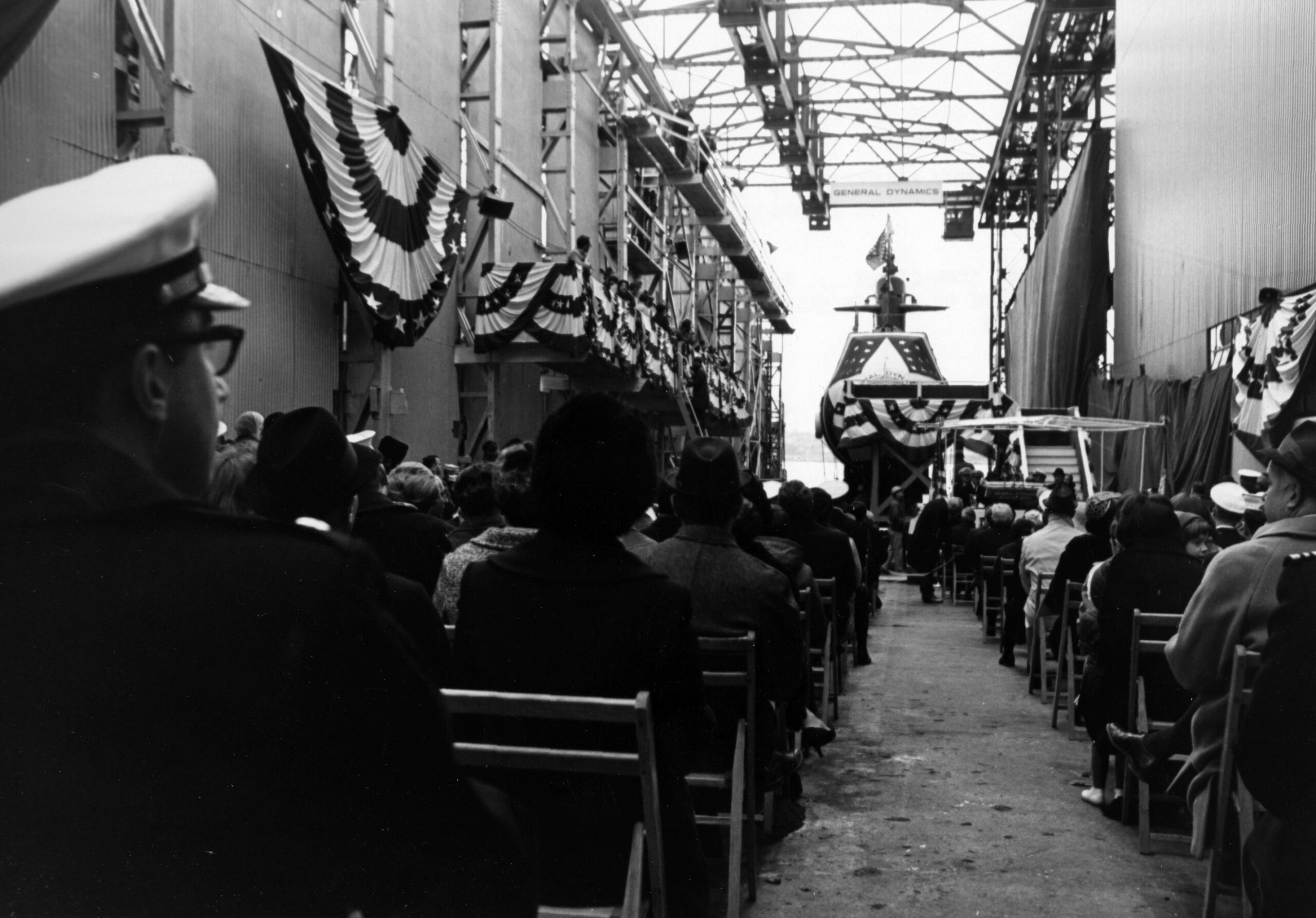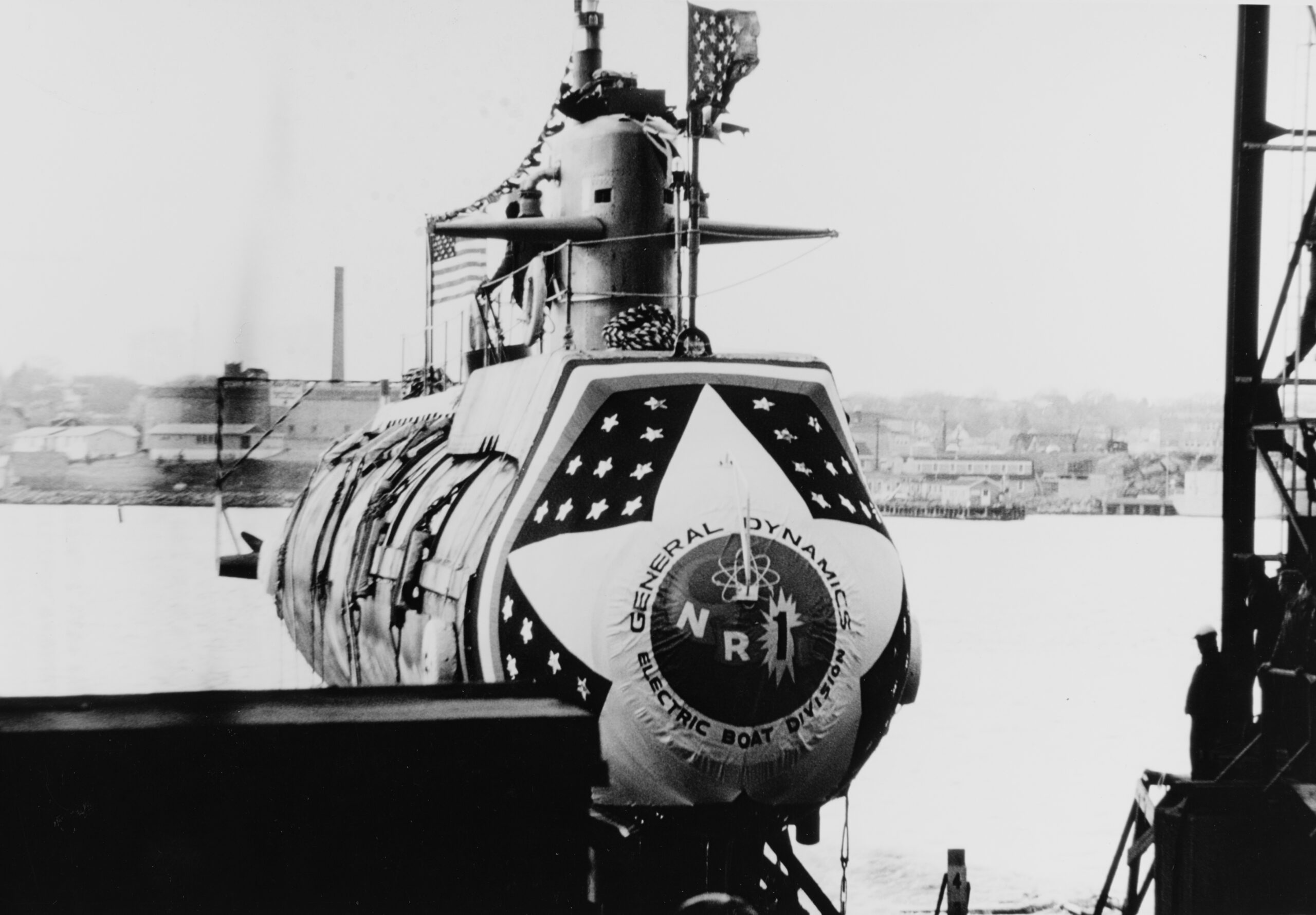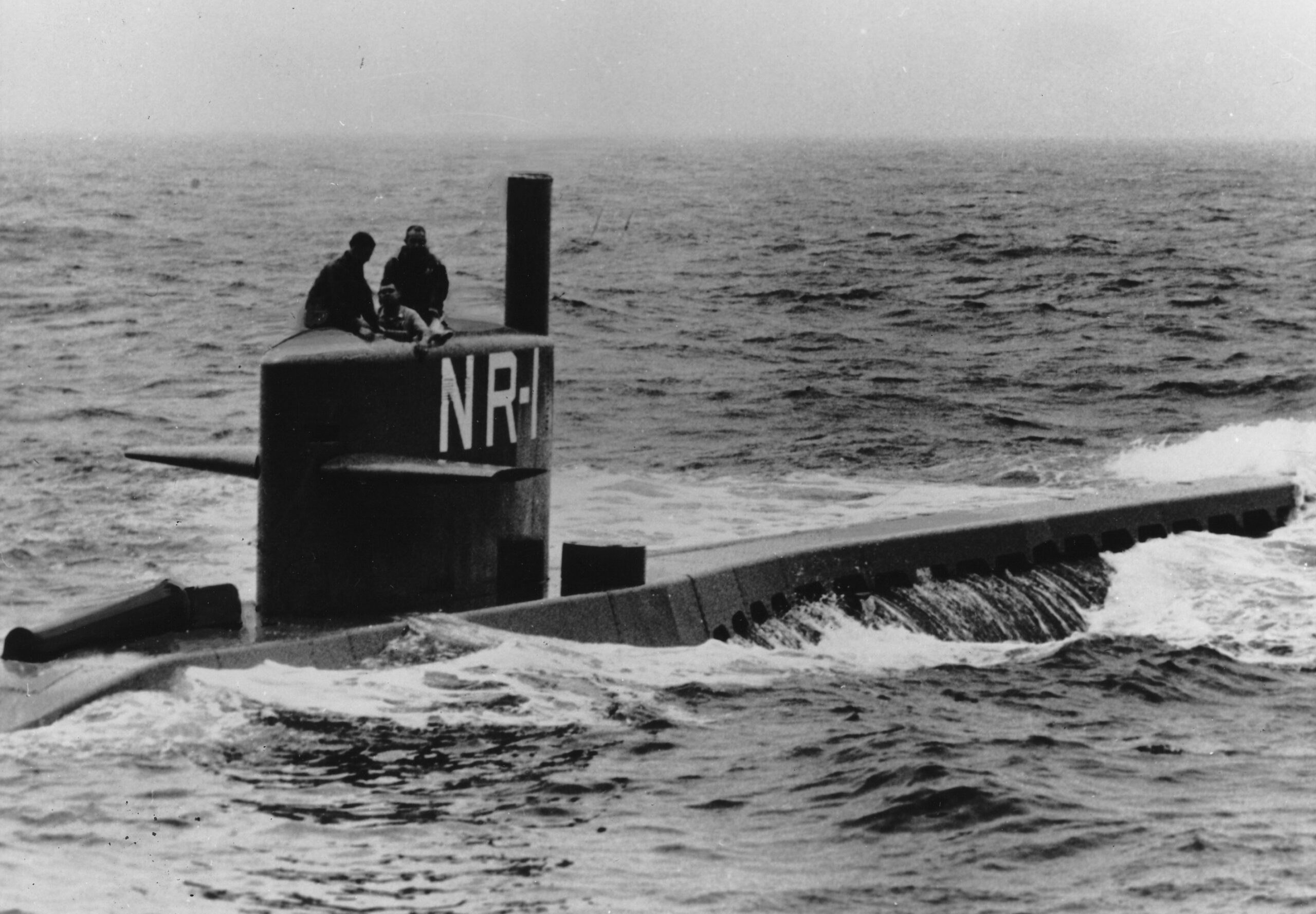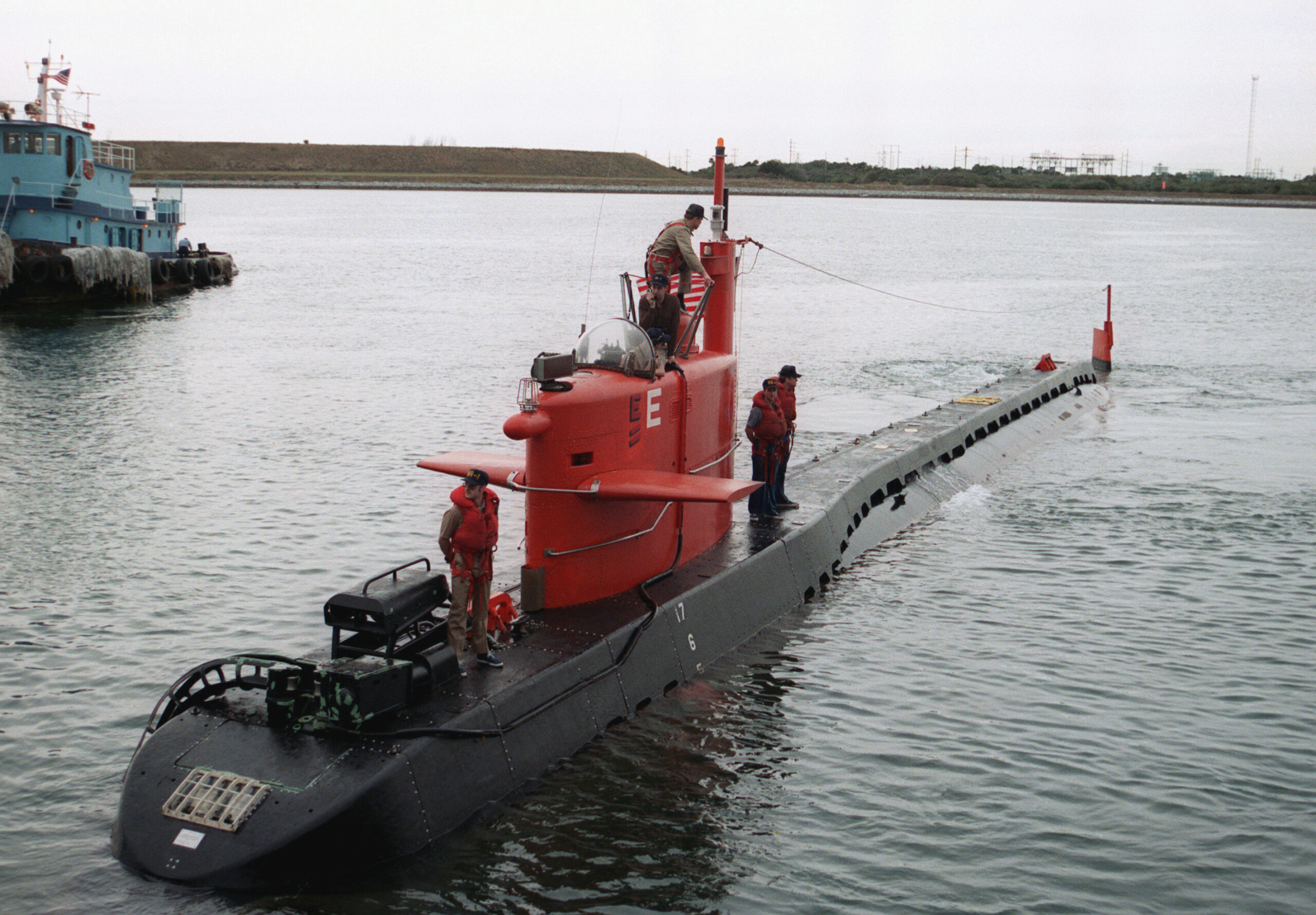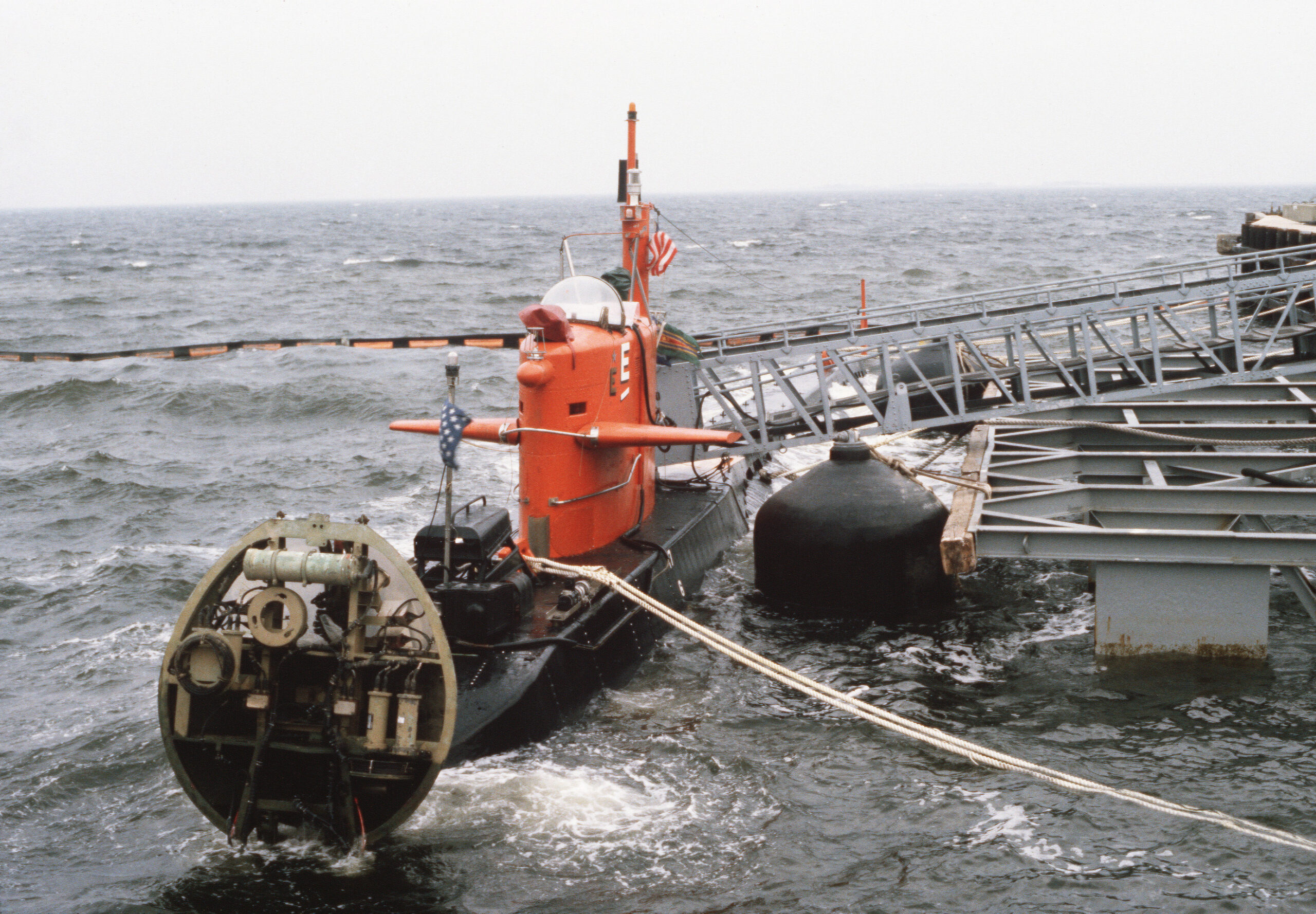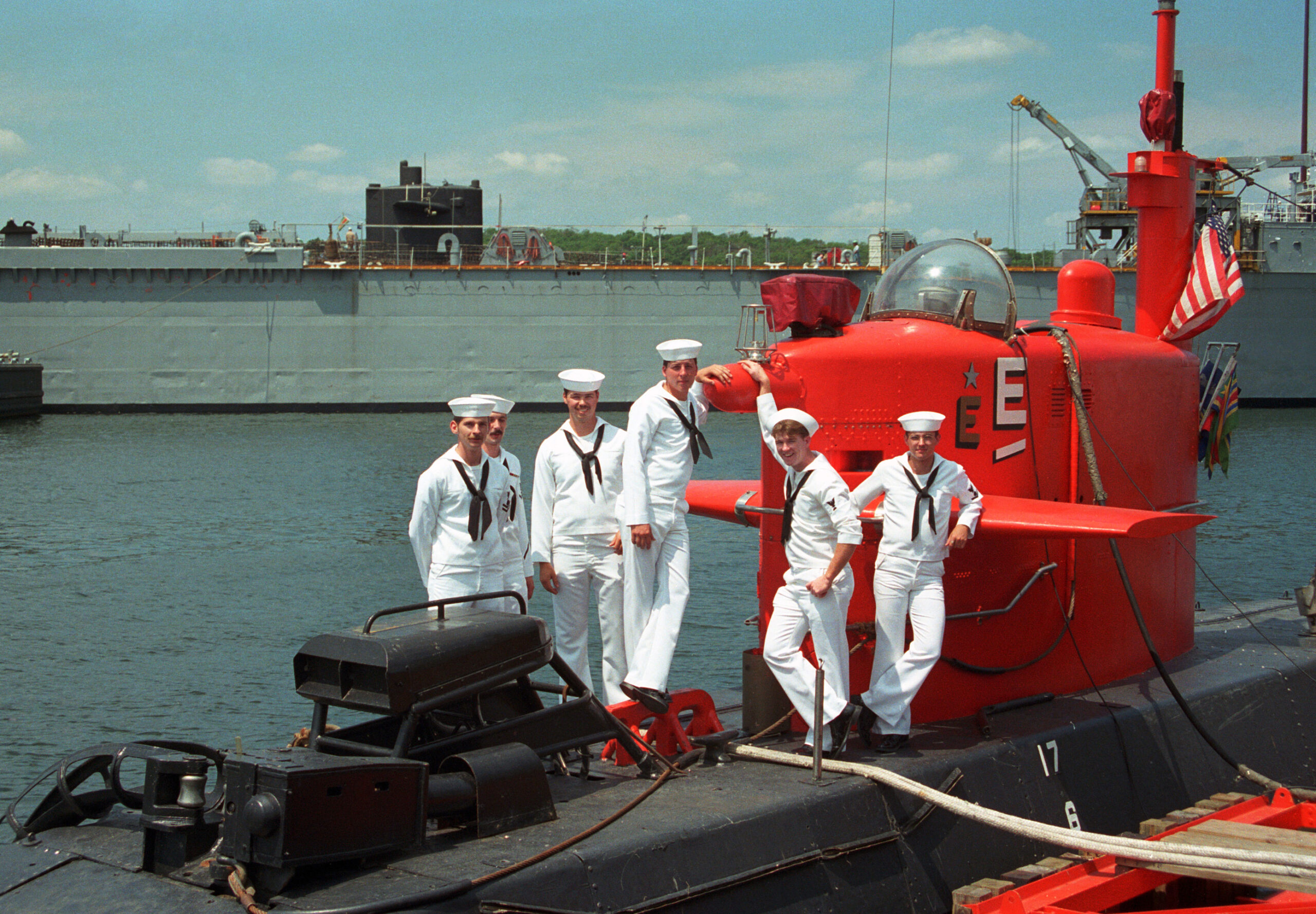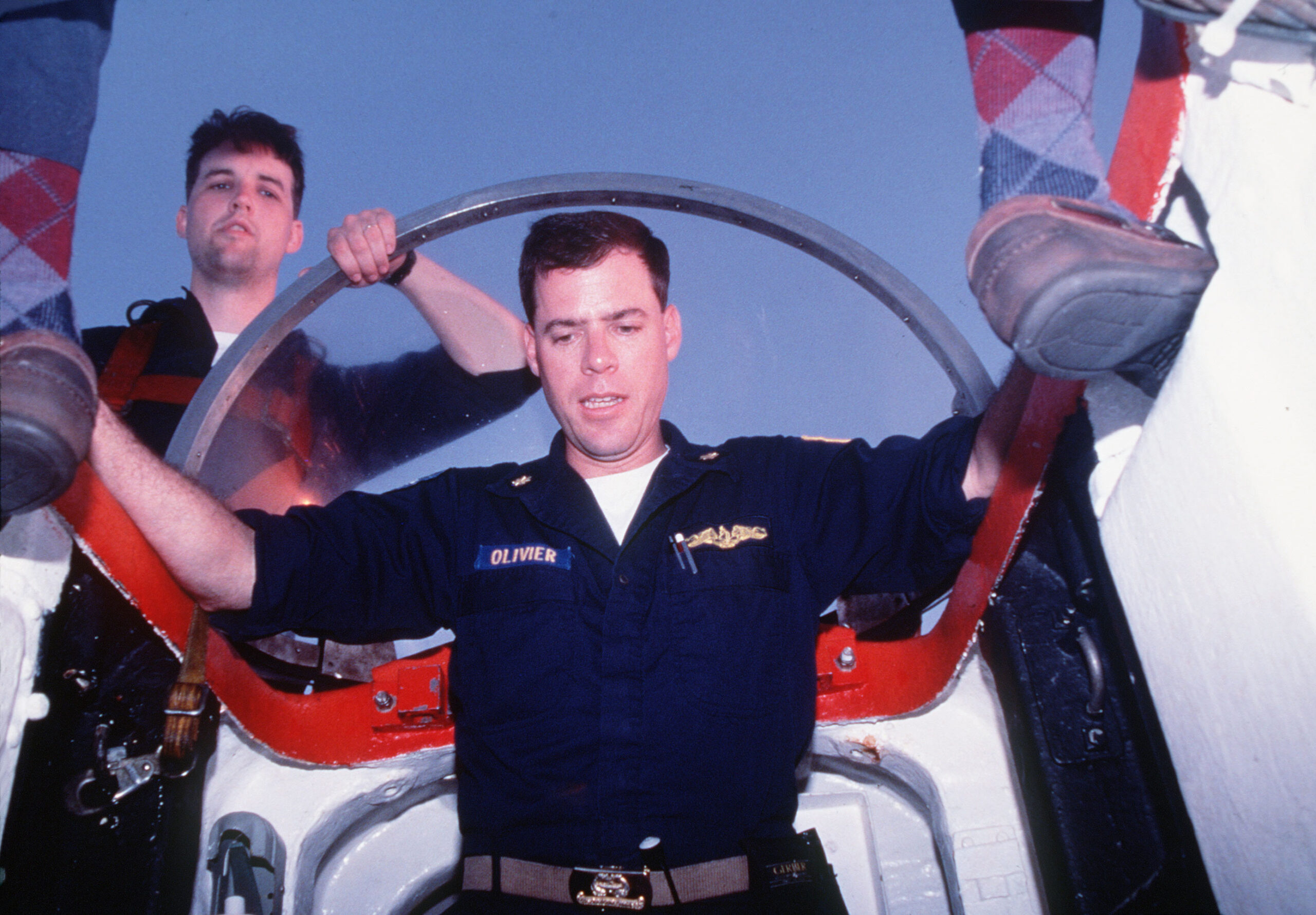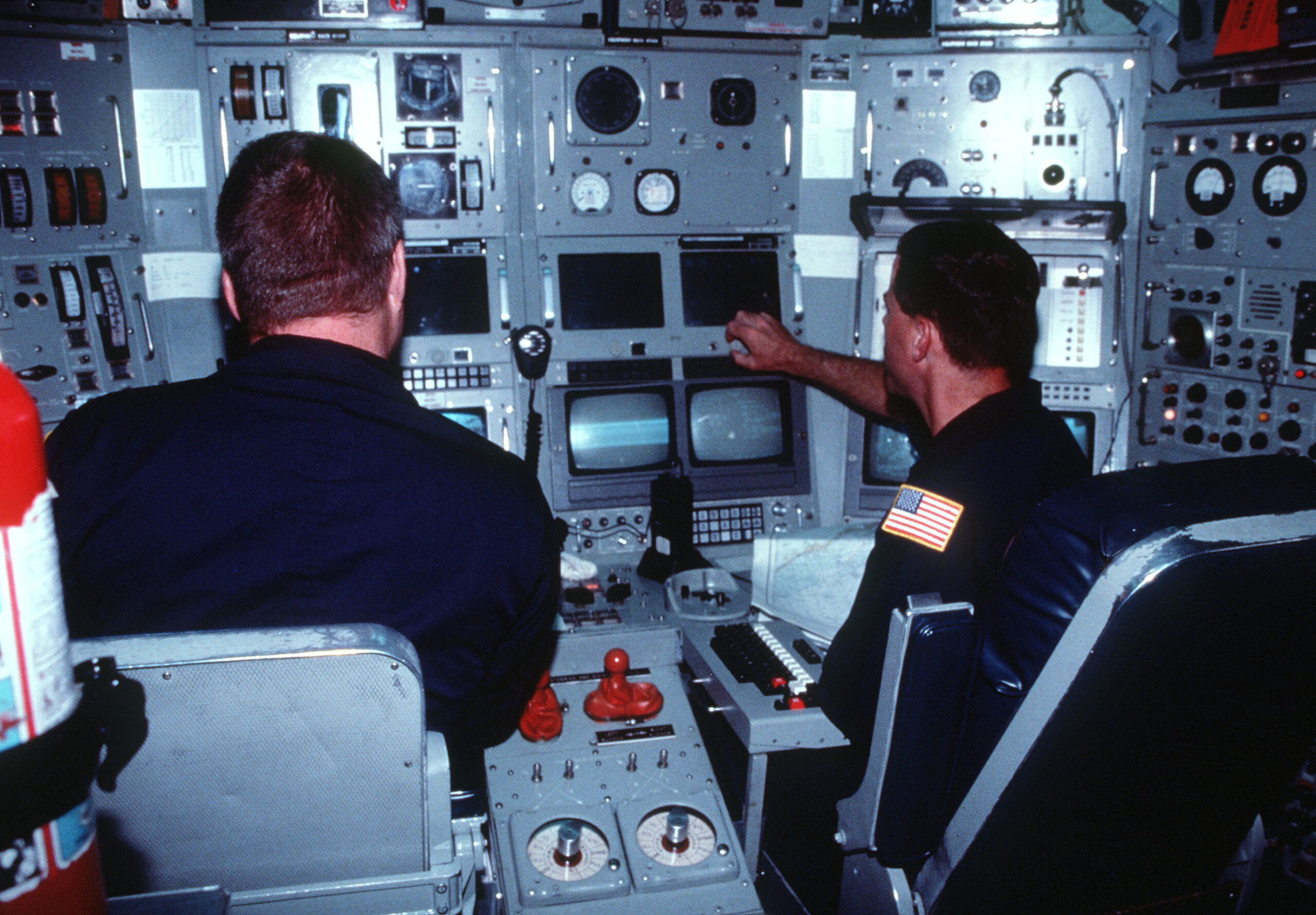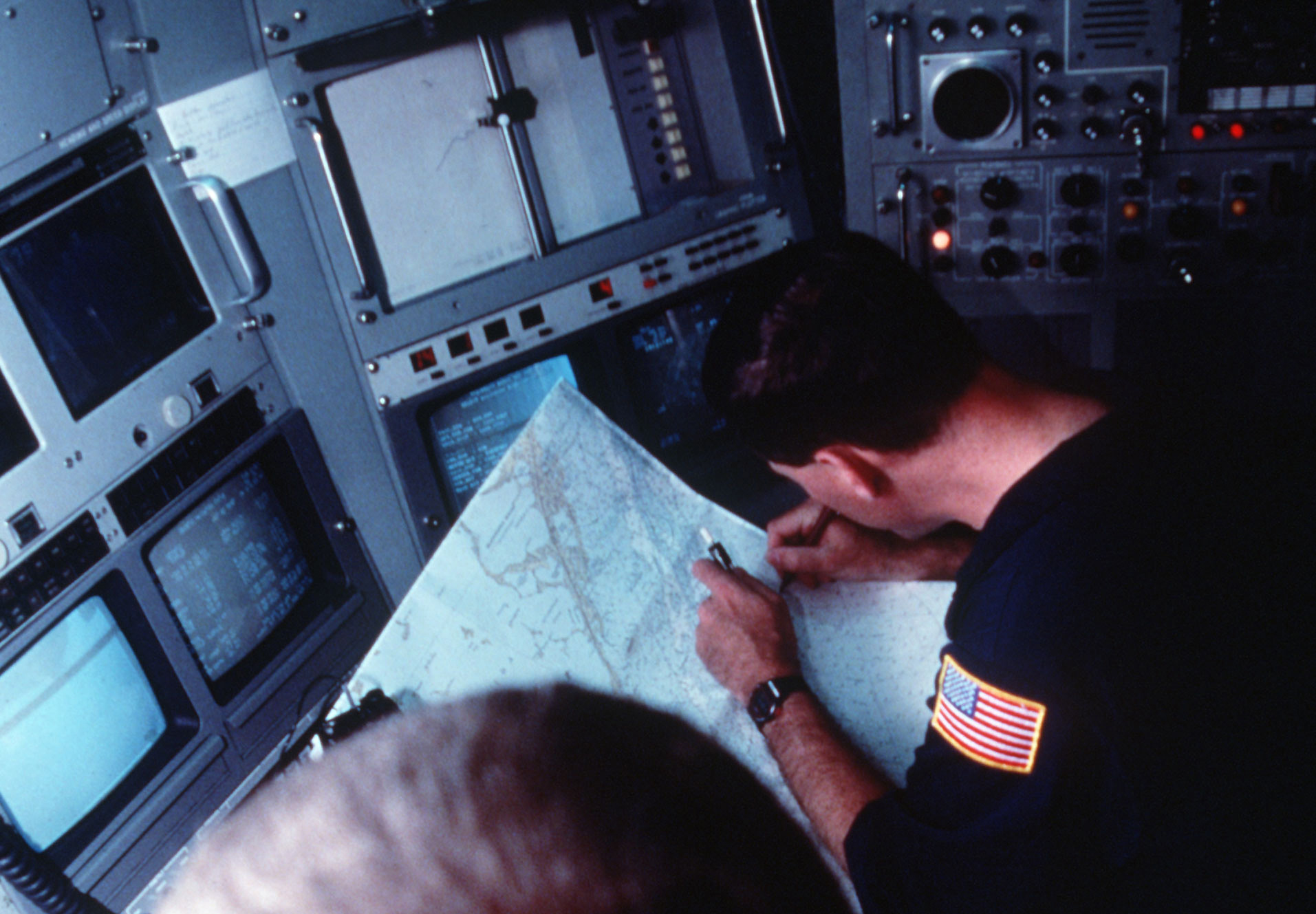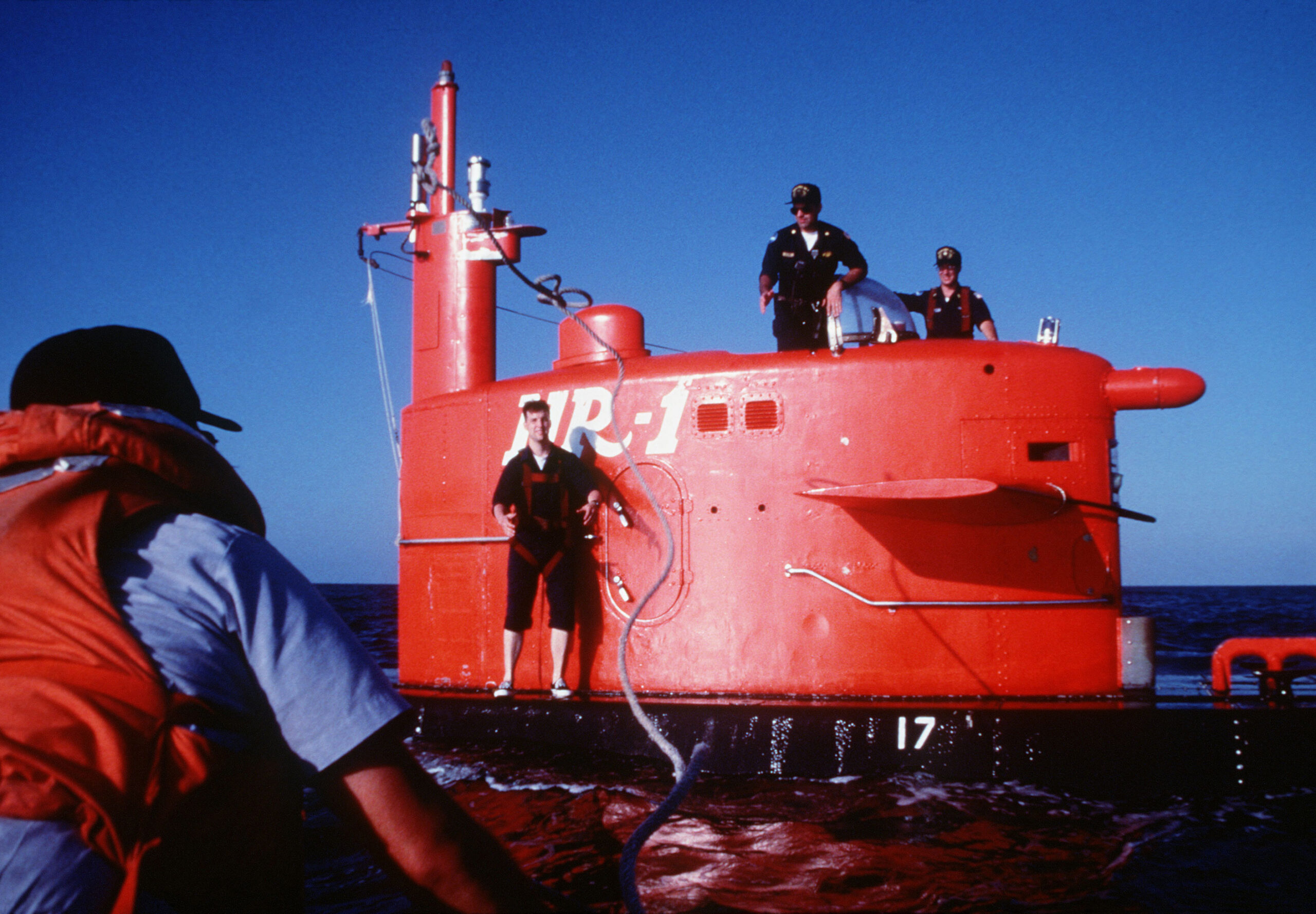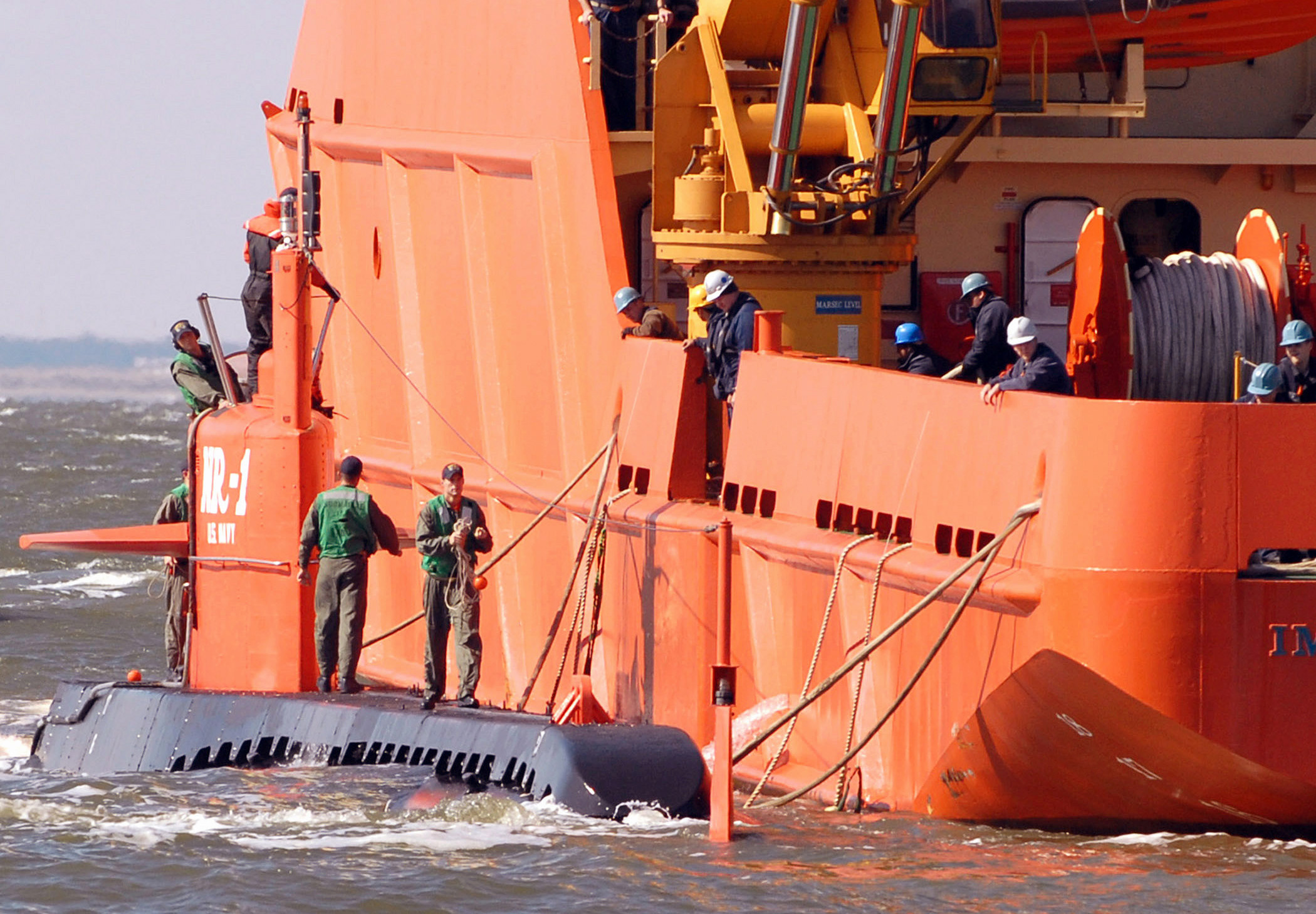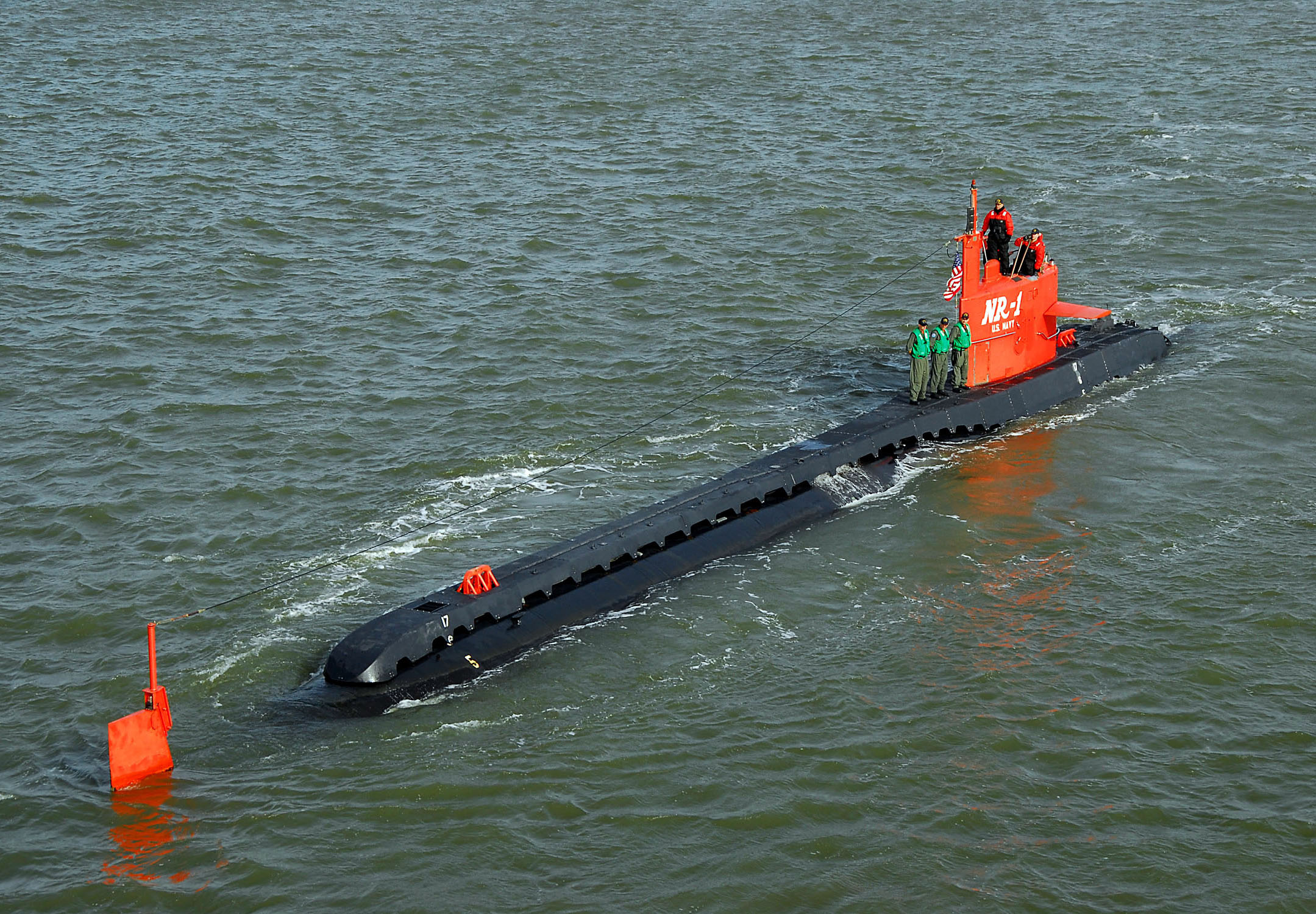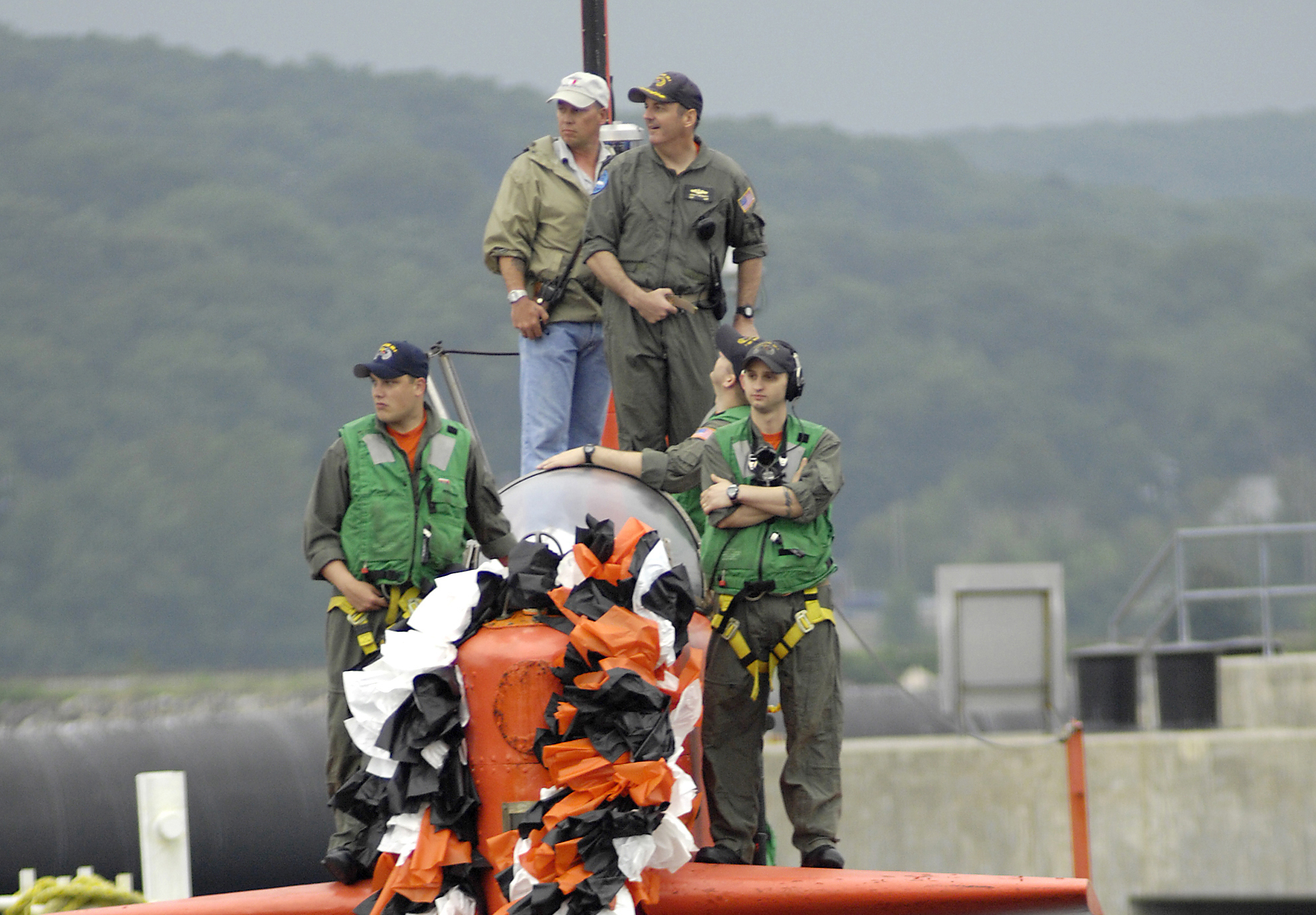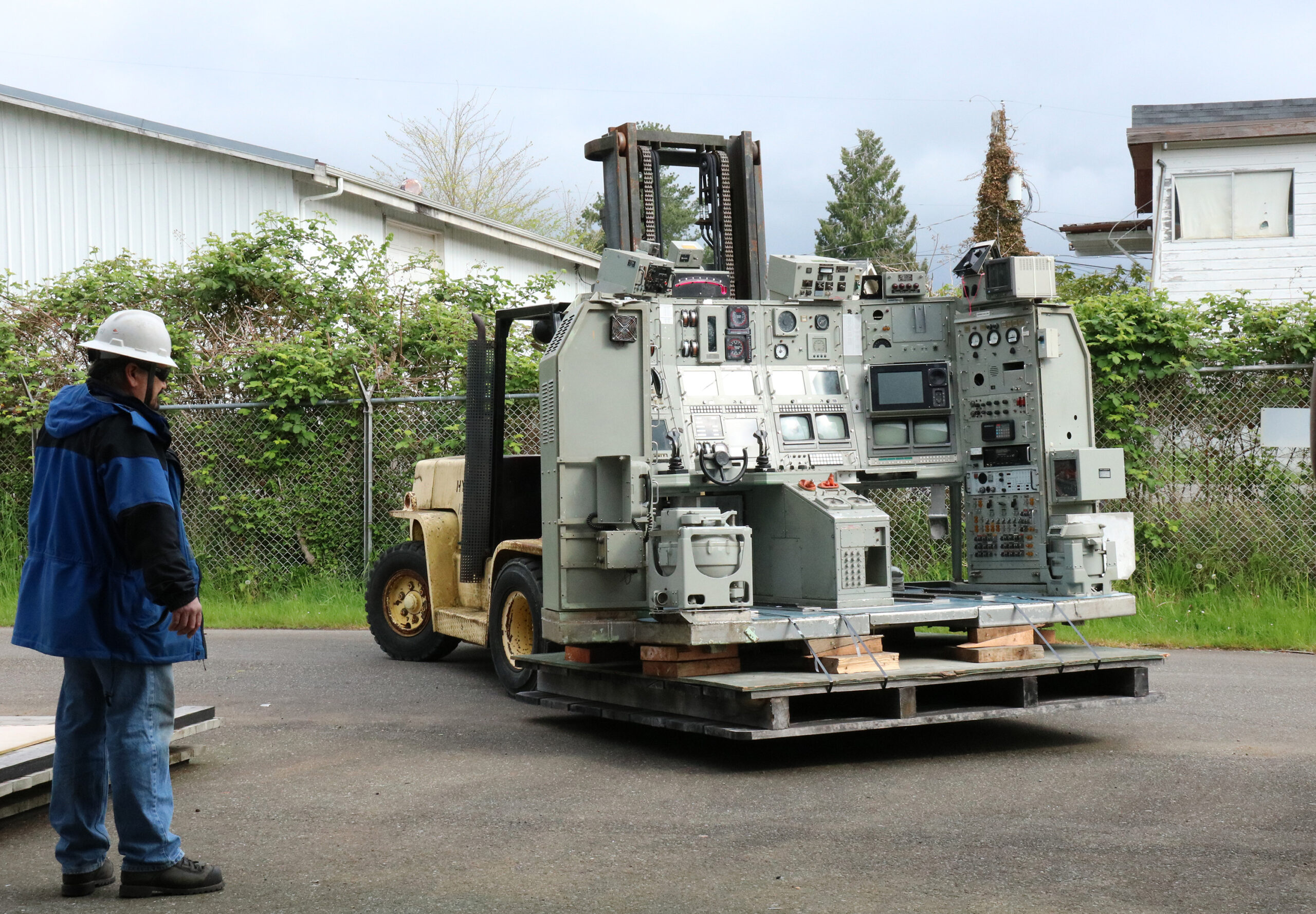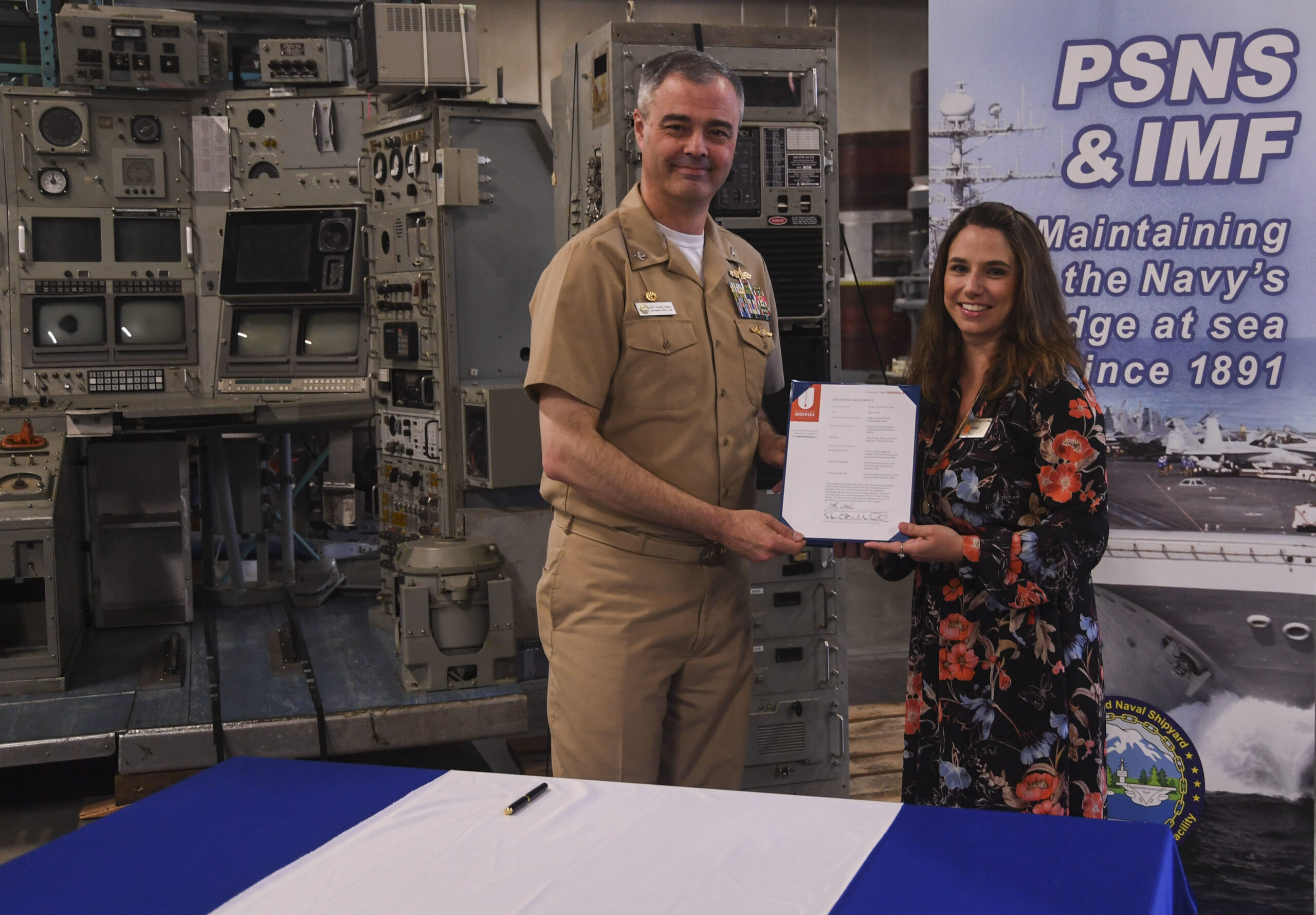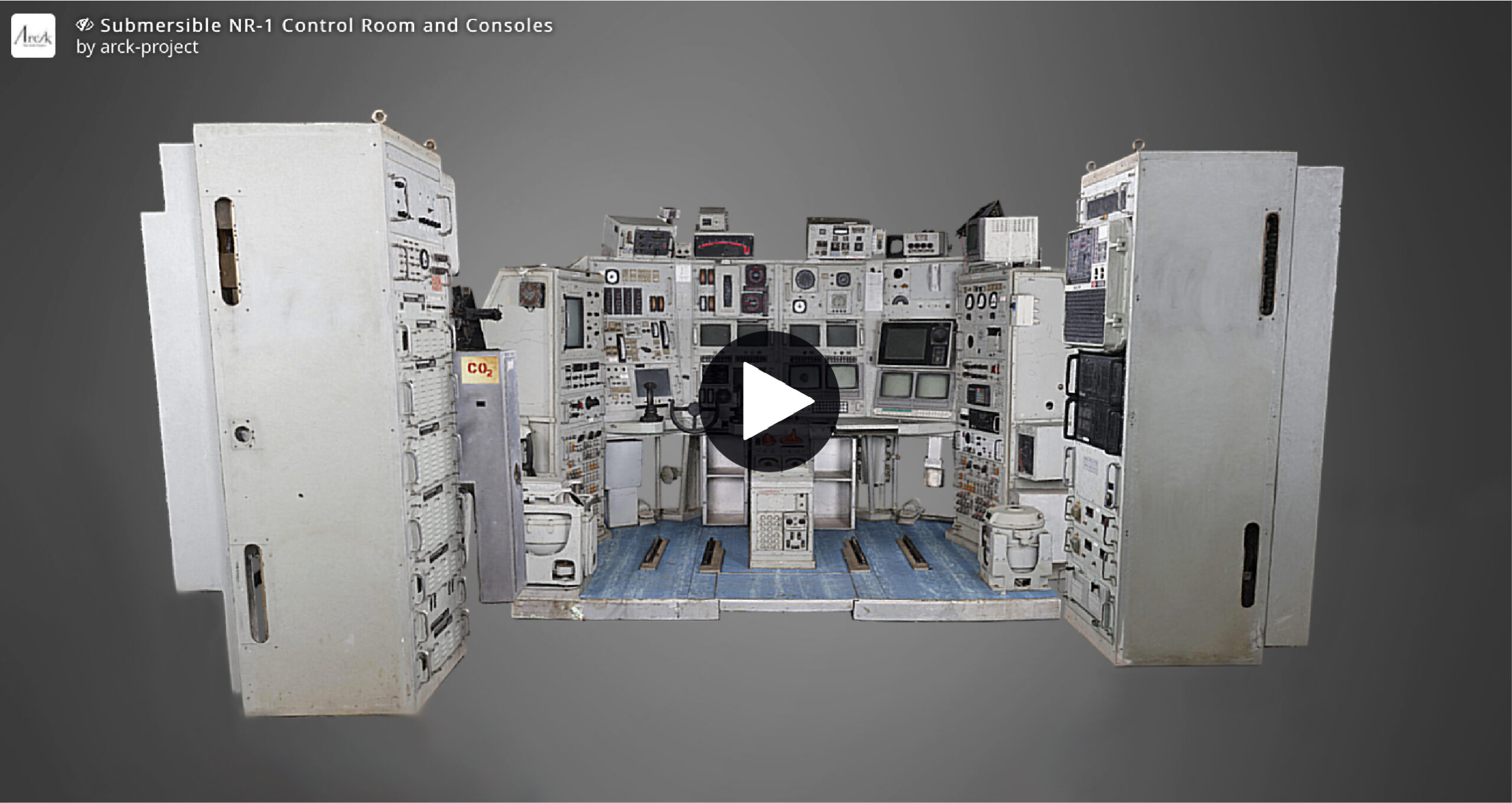This artifact is now an interactive 3D model! Click here or on the image below to explore the model:
This artifact was digitized and derived into a digital 3D model by The Arc/k Project.
In May 2018, the U.S. Naval Undersea Museum acquired control room equipment from NR-1, the U.S. Navy’s first and only nuclear-powered submersible. From 1969 to 2008, the experimental miniature submarine carried out missions such as searches, recoveries, oceanographic research, geological surveys, and installation and maintenance of underwater equipment. NR-1 could operate to 3,000 feet and roll on the ocean floor with extendable wheels. Her nuclear reactor let her 11-person crew remain submerged for up to 30 days at time. Highlights of NR-1‘s 39-year career included finding and recovering a lost missile from the ocean floor in 1976, identifying and raising components of Space Shuttle Challenger in 1986, and investigating the remains of Civil War ironclad USS Monitor in 2002.
Major Unclassified Achievements
- 1976: Recovered an F-14 fighter aircraft and a Phoenix air-to-air missile lost from an aircraft carrier in the Atlantic Ocean
- 1986: Searched for and recovered components of Space Shuttle Challenger
- 1994: Recovered ejection seats and mission equipment from an Air Force F-15
- 1995: Surveyed HMHS Britannic, sister ship to RMS Titantic
- 1995, 1997: Discovered five ancient Roman shipwrecks along the Skerki Bank
- 2002: Investigated the remains of the Civil War ironclad USS Monitor
- 2002: Investigated the remains of the helium airship USS Akron (ZRS 4)
- 2008: Searched for the wreck of USS Bonhomme Richard, the flagship of John Paul Jones
Characteristics
- Length: 145.8 feet
- Pressure hull length: 96.1 feet
- Diameter: 12.5 feet
- Operating depth: 3,000 feet
- Displacement: 366 long tons/410 short tons
- Speed (submerged): 3.5 knots, maximum of 5 knots
- Crew: 11 submariners (all nuclear-propulsion certified)
- Endurance: 30 days (limited only by food and air purification supplies)
- Design: Overall configuration similar to a (scaled-down) SSBN, since using existing drawings saved costs
- Dedicated support vessel: SSV Carolyn Chouest
- Amenities: Four bunks (hot racking), galley that seats three, sink/wash-up area but no shower
Key Equipment
- Side-looking sonar, deep submergence/obstacle avoidance sonar, sub-bottom profiler
- 13 low-light cameras positioned around the submersible’s exterior, capable of panning in almost any direction
- Four ducted thrusters (two forward, two aft) provided high maneuverability
- Unique features: three viewing ports, an object recovery claw, a manipulator arm, and two retractable wheels
- Buoyancy: Variable ballast system provided normal method for changing density
Photo Gallery
